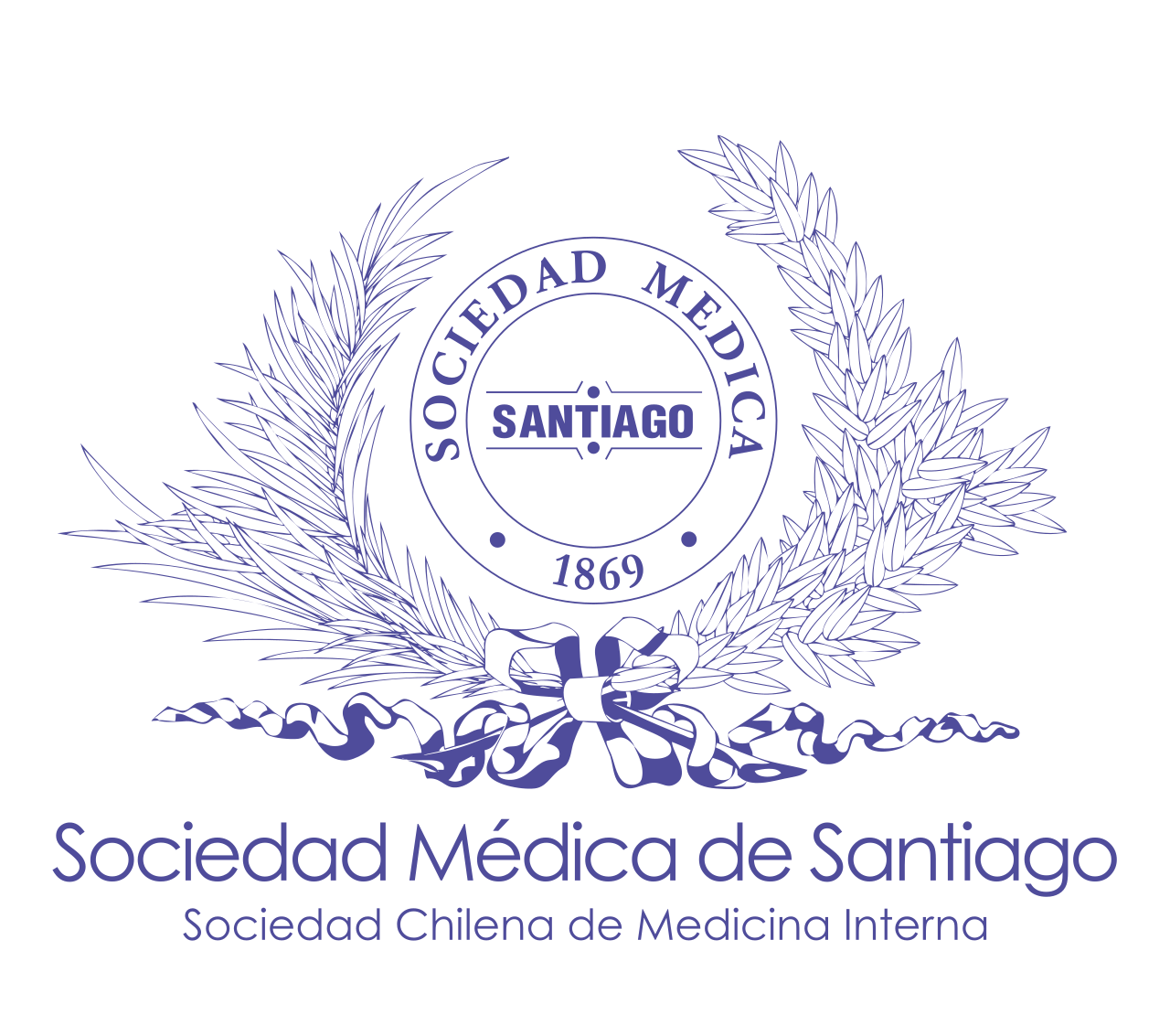Isoflavonas de soya y salud humana: cáncer de mama y sincronización de la pubertad
Palabras clave:
Breast neoplasms, Isoflavones, Phytoestrogens, PubertyResumen
SOY ISOFLAVONES AND HUMAN HEALTH: BREAST CANCER AND PUBERTY TIMING.
Accumulated exposure to high levels of estrogen is associated with an increased incidence of breast cancer. Thus, factors such as early puberty, late menopause and hormone replacement therapy are considered to be risk factors, whereas early childbirth, breastfeeding and puberty at a later age are known to consistently decrease the lifetime breast cancer risk. Epidemiological studies suggest that consumption of isoflavones correlates with a lower incidence of breast cancer. Data from human intervention studies show that the effects of isoflavones on early breast cancer markers differ between pre- and post-menopausal women. The reports from experimental animals (rats and mice) on mammary tumors are variable. These results taken together with heterogeneous outcomes of human interventions, have led to a controversy surrounding the intake of isoflavones to reduce breast cancer risk. This review summarizes recent studies and analyzes factors that could explain the variability of results. In mammary tissue, from the cellular endocrine viewpoint, we analyze the effect of isoflavones on the estrogen receptor and their capacity to act as agonists or antagonists. On the issue of puberty timing, we analyze the mechanisms by which girls, but not boys, with higher prepuberal isoflavone intakes appear to enter puberty at a later age.



